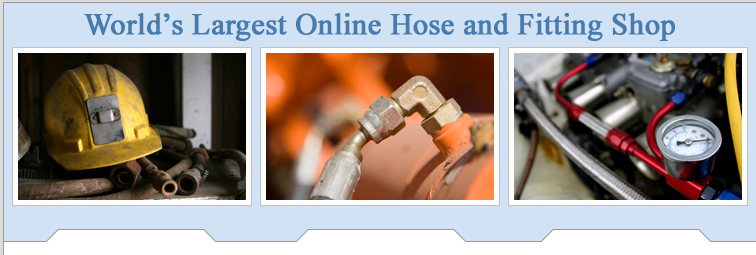Part 1 Of Hydraulic Troubleshooting Guide 101
By webadmin | in Hydraulic problems, hydraulic repairs
Many of the failures in a hydraulic system show similar symptoms: a gradual or sudden loss of high pressure, resulting in loss of power or speed in the cylinders. In fact, the cylinders may stall under light loads or may not move at all. Often the loss of power is accompanied by an increase in pump noise, especially as the pump tries to build up pressure.
a
Any major component (pump, relief valve, directional valve, or cylinder) could be at fault. In a sophisticated system, other components could also be at fault, but this would require the services of an experienced technician.
a
By following an organized step-by-step testing procedure in the order given here, the problem can be traced to a general area, and then if necessary, each component in that area can be tested or replaced.
a
STEP 1 - Pump Suction Strainer
a
Probably the trouble encountered most often is cavitation of the hydraulic pump inlet caused by restriction due to a dirt build-up on the suction strainer. This can happen on a new as well as an older system. It produces the symptoms described above: increased pump noise, loss of high pressure and/or speed. If the strainer is not located in the pump suction line it will be found immersed below the oil level in the reservoir (point A).
a
Some operators of hydraulic equipment never give the equipment any attention or maintenance until it fails. Under these conditions, sooner or later, the suction strainer will probably become sufficiently restricted to cause a breakdown of the whole system and damage to the pump. The suction strainer should be removed for inspection and should be cleaned before re-installation. Wire mesh strainers can best be cleaned with an air hose, blowing from inside out. They can slso be washed in a solvent which is compatible with the reservoir fluid. Kerosene may be used for strainers operating in petroleum base hydraulic oil. Do not use gasoline or other explosive or flammable solvents.
a
The strainer should be cleaned even though it may not appear to be dirty. Some clogging materials cannot be seen except by close inspection. If there are holes in the mesh or if there is mechanical damage, the strainer should be replaced. When reinstalling the strainer, inspect all joints for possible air leaks, particularly at union joints (points B, E, G, H, J, and K). There must be no air leaks in the suction line.
a
Check the reservoir oil level to be sure it covers the top of the strainer by at least 3" at minimum oil level, with all cylinders extended. If it does not cover to this depth there is danger of a vortex forming which may allow air to enter the system when the pump is running.
a
STEP 2 - Pump and Relief Valve
a
If cleaning the pump suction strainer does not correct the trouble, isolate the pump and relief valve from the rest of the circuit by disconnecting at point E so that only the pump, relief valve, and pressure gauge remain in the pump circuit. Cap or plug both ends of the plumbing which was disconnected. The pump is now deadheaded into the relief valve.
a

